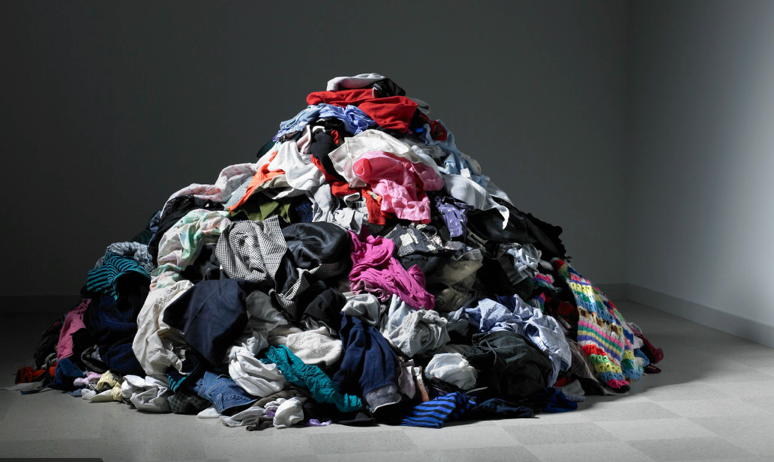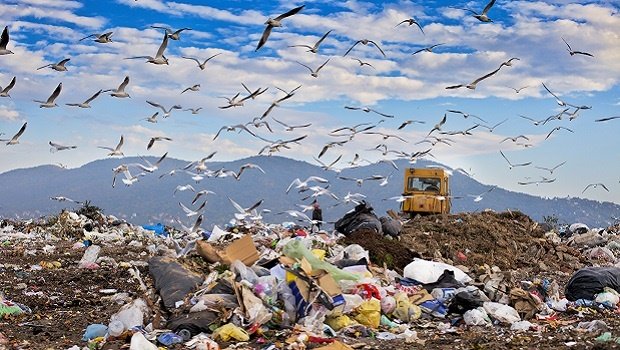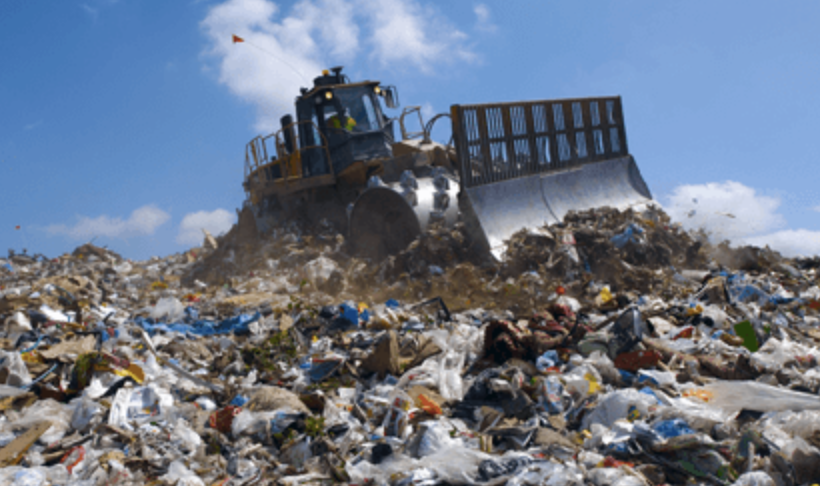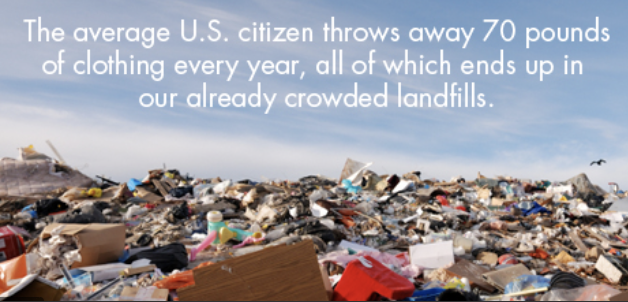By: Kate Riegel, Helping Ninja, Age 17, California
We are having an epidemic of fast fashion. Clothes are bought and discarded quicker than ever before because they have become so cheap. However, they have become inexpensive at a high price to garment workers and the environment.
The fashion industry emits more carbon than international flights and maritime shipping combined. Here are the biggest ways it impacts the planet.

Before we explore the ramifications of fast fashion on the laborers and the natural world, we must truly understand what fast fashion is.
Definition: “Fast fashion can be defined as cheap, trendy clothing, that samples ideas from the catwalk or celebrity culture and turns them into garments in high street stores at breakneck speed.” (Good On You).
To illustrate how exponentially the quantity of clothes has risen, let me give you an example. Before fast fashion, there were four fashion seasons: winter, spring, summer, and fall. Now, there are 52 fashion seasons. With new trends being generated every week, consumers constantly feel as though they are “behind” on the latest fashions. Fast fashion companies thrive when people have this unsatisfied feeling because it keeps customers running to their stores to buy more, more, and more.
Let’s look at a statistic. In 1960, about 95% of clothes sold in the United States were made in the United States. Now, about 3% of clothes sold in the U.S. are made in the U.S. That is because companies have moved their factories to countries such as Bangladesh and China, where there is cheap labor. Therefore, garment workers for fast fashion companies are exploited in order for these companies to produce excessive amounts of clothing at low prices. Now that we understand fast fashion and its effects on workers, let’s dive into its effects on the environment.
On top of the harm caused by production and washing, clothes are also being discarded at an alarming rate. Since clothes have become much more inexpensive and trends now change so quickly, many people throw out their old clothes and buy new ones frequently. This pattern means that lots of clothes end up in the landfill along with tons of other plastic waste.

“In a landfill, the decomposing clothes release methane, a harmful greenhouse gas. Synthetic fabrics like polyester and lycra can take hundreds of years to biodegrade.”
The fashion industry contributes significantly to water pollution and plastic pollution. Harmful chemicals used to dye clothes are disposed of in local rivers or dumped on the ground, where they sink down into the groundwater.
For instance, almost every piece of clothing is dyed a certain color. Textile dyeing is the world’s second largest polluter of water. In addition, fast fashion companies add to the plastic pollution problem because of the materials they use.
Polyester is one of the most popular materials. Polyester is a type of plastic. It is made from petroleum, which means that it requires oil to produce. Drilling for oil makes the climate crisis worse, so making huge amounts of clothes that require oil has horrible consequences on the environment. Also, when materials such as polyester are put in a washing machine, hundreds of tiny microfibers break off of the clothes.
These microfibers are so small that they slip past the washing machine filter and make their way into the ocean. They pollute the ocean and are small enough for a variety of sea creatures to ingest.
All in all, we can see that fast fashion has a detrimental effect on the planet. In conclusion, by examining the harm that fast fashion has on the planet, it is easy to understand how fashion is the second largest polluting industry in the world.

Thankfully, there are many steps that we can take to make the fashion industry greener and more ethical.
Firstly, we can buy clothes that we love and will wear for a long time. Second, we can buy clothes second-hand or swap clothes with friends. Third, we can purchase clothes from eco-conscious and ethical companies. Also, we can write to our favorite clothing companies and tell them that we care about garment workers and the environment. To reduce microplastic pollution, we can wash our clothes only when they are dirty and wash them with cold water.
Finally, we can treasure the clothes that we have and try our best to get a long use out of them!
This article was written by Kate Regal and edited by Helping Ninjas.
Follow Kate on Instagram: @pollution_solution_

Want learn more about fashion waste?
Here are a few helpful links.
https://www.newsweek.com/2016/09/09/old-clothes-fashion-waste-crisis-494824.html

